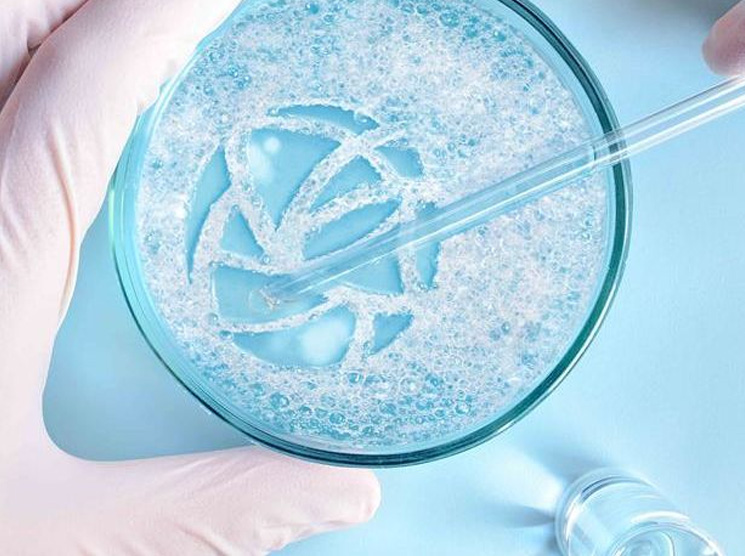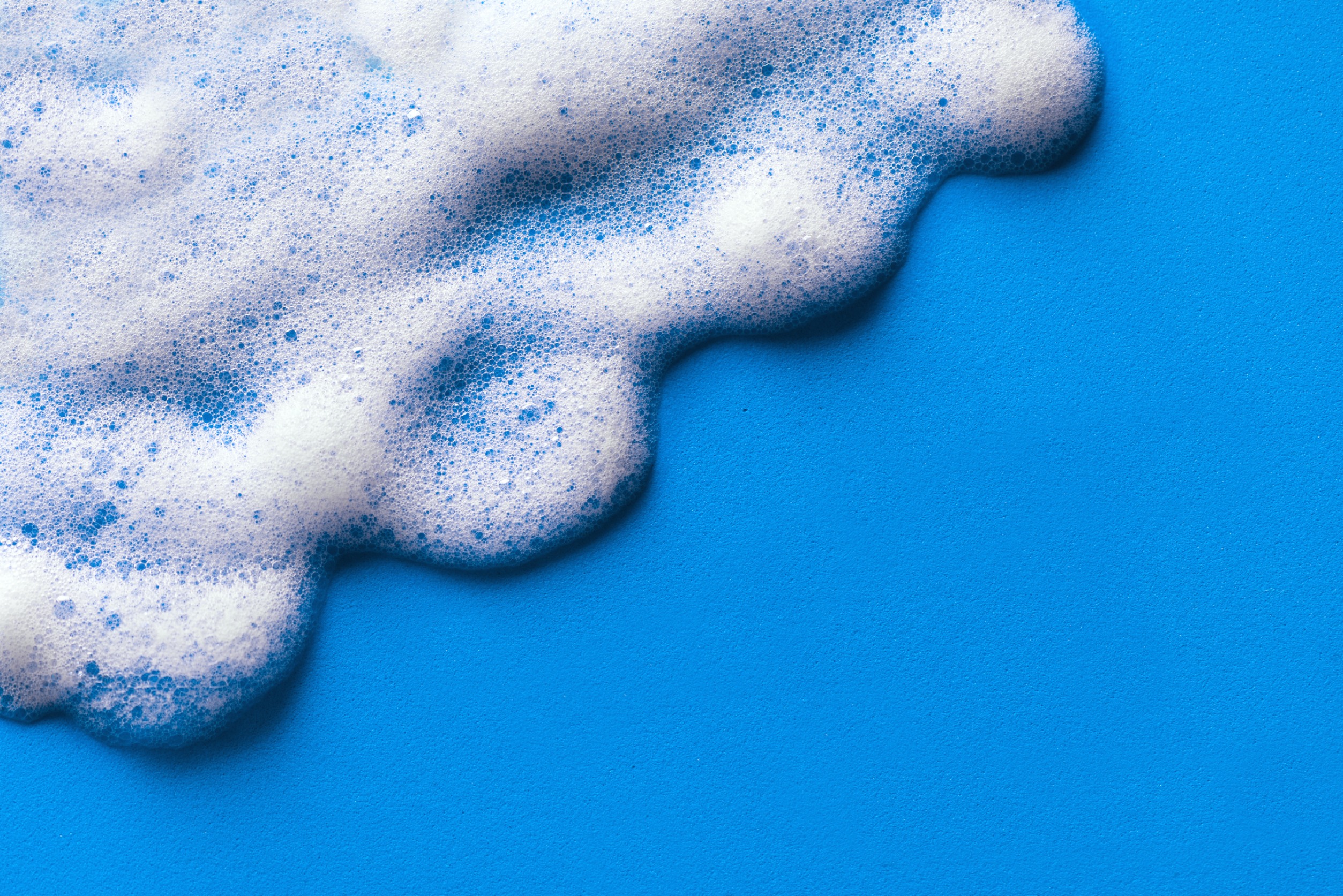Effective Use of Defoamers in the Pharmaceutical Manufacturing Process
The Role of Defoamers in Enhancing Item Quality and Performance
Defoamers serve as essential ingredients that alleviate this problem, ensuring smoother production process while enhancing the useful and visual attributes of the final products. The choice of the proper defoamer can be important to accomplishing optimal outcomes, increasing vital inquiries about formulation compatibility and efficiency metrics that warrant further exploration.
Comprehending Defoamers
Understanding the function of defoamers is crucial for preserving product quality across numerous industries. Defoamers are chemical ingredients designed to reduce and prevent the formation of foam in liquid systems, which can detrimentally impact procedures such as mixing, filling, and surface stress. Lathering can result in inefficiencies, item defects, and jeopardized visual allure, making defoamers a critical element in making operations.
In commercial applications, defoamers aid to boost item consistency and stability. The efficient usage of defoamers not just makes sure smoother manufacturing processes yet additionally contributes to remarkable item efficiency.
Moreover, the selection and formula of a defoamer need to align with particular application requirements, such as compatibility with other ingredients, efficiency under varying temperature and pH conditions, and potential governing constraints. Ultimately, recognizing defoamers' functions and their significance in various formulas is essential for enhancing production and making sure the best output.
Sorts Of Defoamers
Defoamers can be classified into several types based on their structure and device of action. The primary types include silicone-based, non-silicone organic, and not natural defoamers.
Silicone-based defoamers are amongst one of the most effective, mainly because of their capacity to spread out promptly on the liquid surface area and interfere with foam development. Their unique chemical structure permits superior security, making them suitable for high-temperature applications and atmospheres with differing pH levels.
Non-silicone organic defoamers, often composed of fatty acids or natural oils, are valued for their biodegradability and lower poisoning. These are generally used in food and beverage applications where safety and environmental impact are extremely important.
Inorganic defoamers, that include compounds like talc or calcium carbonate, act by enhancing the density of the liquid, thereby decreasing foam stability. They are frequently utilized in industrial processes where compatibility with various other products is not a problem.
Each sort of defoamer has distinctive advantages and limitations, permitting tailored remedies relying on the details lathering issues encountered in various applications. Recognizing these distinctions is vital for enhancing performance and attaining wanted item quality.
Applications Throughout Industries
Many markets leverage defoamers to boost product quality and functional effectiveness. In the food and beverage sector, defoamers are critical in procedures such as brewing and milk production to stop foam development, which can cause ineffectiveness and product incongruity. By managing foam, suppliers can make sure better return and a more consistent product.
In the pharmaceutical sector, defoamers play a crucial role in the solution of fluid drugs, where excessive foam can impede blending and accurate application. Their usage helps keep the integrity of the formulas and facilitates smoother production procedures.
The paint and coverings sector also relies upon defoamers to boost the efficiency of items throughout application. By minimizing foam, these additives make certain a smoother finish and improve the visual qualities of the end product.

Benefits of Using Defoamers
While the application of defoamers varies across sectors, their advantages constantly improve item high quality and process efficiency. One significant benefit is the decrease of foam formation during manufacturing processes, company website which can or else cause manufacturing hold-ups and incongruities in product top quality. By decreasing foam, defoamers enable a smoother flow of products, facilitating much more effective operations and decreasing the possibility of equipment breakdowns.
Furthermore, using defoamers can improve the look and structure of final products. In sectors such as coatings, paints, and food handling, extreme foam can compromise the visual looks and total top quality, while the proper defoamer application guarantees a consistent surface and preferable attributes. Additionally, defoamers can add to cost savings by decreasing waste throughout production and enhancing making use of basic materials (defoamers).

Picking the Right Defoamer
Picking the appropriate defoamer is crucial for optimizing production processes and ensuring item quality. The choice of defoamer influences not just the effectiveness of foam control however likewise the general efficiency characteristics of the end product. Factors to consider include the kind of application, the chemistry of the solution, and the environmental problems under which the product will be used.
Various markets may require details defoamer kinds, such as silicone-based, natural, or polymeric defoamers. Recognizing the compatibility of the defoamer with the main ingredients is Discover More vital to prevent adverse reactions that might jeopardize item honesty. Furthermore, the defoamer's effectiveness in numerous temperature levels and pH levels should be evaluated to make certain constant performance.
Examining the defoamer in small-scale applications can give useful understandings into its efficiency and suitability. Factor to consider of regulatory conformity, especially in food, drugs, and cosmetics, is critical in picking a defoamer. Ultimately, a detailed check it out analysis of these elements will certainly lead to the choice of a defoamer that not just manages foam effectively however also boosts the top quality and performance of the end product.
Verdict

To conclude, defoamers are vital ingredients that significantly enhance item quality and performance across different markets. By successfully lowering foam formation, these representatives not just enhance operational performance but also add to the aesthetic and functional stability of products. The tactical choice and application of defoamers cause cost savings, optimized source use, and enhanced client fulfillment. On the whole, the importance of defoamers in industrial processes can not be overstated, as they play a crucial function in accomplishing premium and constant outcomes.
Frothing can lead to ineffectiveness, product issues, and endangered aesthetic appeal, making defoamers a crucial component in making procedures.